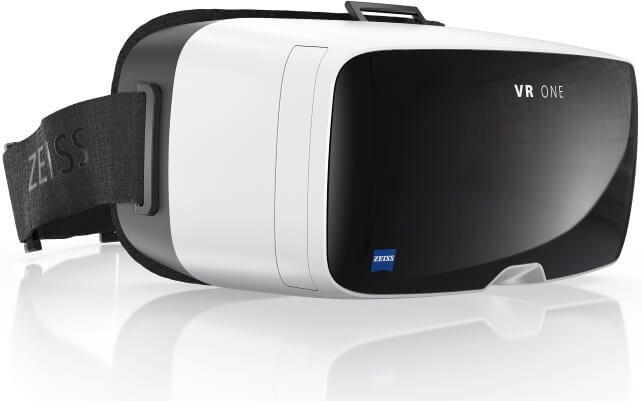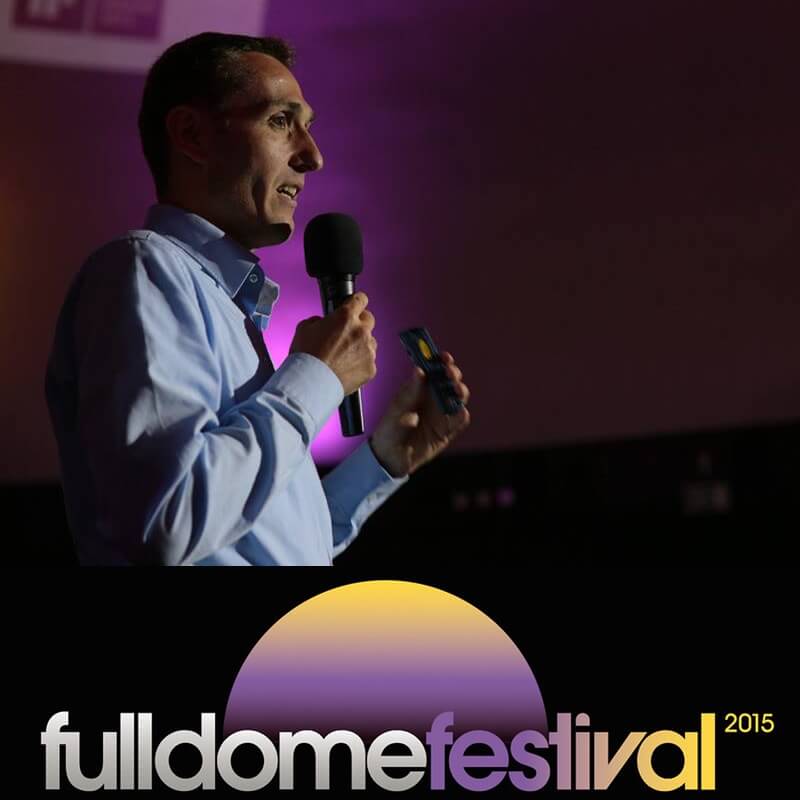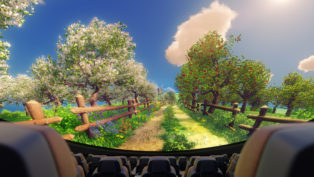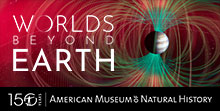ZEISS VR ONE: Developments and Applications – 9th Fulldome Festival Diaries
Virtual Reality Technology (VR) has become a big trend lately, with many professionals exploring its potential in terms of products, creative visions and market. With no surprise, many fulldomers are exploring VR too.
Engineer Franz Troppenhagen presented ZEISS' first VR headset at the 9th Fulldome Festival in Jena, in May 2015, named ZEISS VR ONE. Troppenhagen is part of the development team who worked on the product and shared insights on the development of the project.

In 2012, VR technology had evolved to the point of making consumer-level products. There are 3 possible segmentation of VR headsets:
- Open mobile system headsets: it’s a low-cost mount for a mobile phone. You stick your phone into it, launch a specific app and the screen splits in half generating 2 images, one for each eye. Among its pros: the headset supports many smartphones, it’s an open platform, and it’s very affordable. In this type of headsets, the quality of the head tracking depends on the smartphone performance, so it's headset-independent.
- Closed mobile system headsets, like the Samsung VR: they support only one specific device, and are tightly integrated with it.
- PC based headsets: the user needs to connect the headset to a computer either by HDMI or a USB connection for the headset to generate the visuals.
The ZEISS VR ONE is an headset of the first group. The concept is the same used in Google Cardboard headset, which is literally made of cardboard.
Why did Zeiss make the VR device?
The story goes like this: A couple of engineers were talking at lunch about VR devices. They thought ZEISS could, of course, make better optics. The engineers started thinking of what kind of device they wanted to make. It was decided to go with the simplest one, the one of the first group above, which they thought to be the base of the mass market.
Even if you see some performance differences between a cardboard style and PC-based one, the phone market is evolving so rapidly that smartphone manufacturers will keep implementing and improving VR support into their phones, so that you will only need to change the phone to have a better experience and not the entire headset.
Developed as an open platform, ZEISS VR ONE accommodates different display/phones sizes, and Zeiss will be releasing new "trays" to support new smartphones as they become available.
ZEISS precision lenses let users see a sharp picture from the center to the edge. The optics are designed in a way that no optical adjustment is necessary.
What do you do with VR?
In the real world, video, gaming, still 360° pictures, 360° videos (big trend in USA). But for what purpose can you use VR? These would be the first guesses: sales, marketing, visualization, eLearning, serious gaming – but there is also a bridge from VR to augmented reality, where some views of parts of a real-world environment are augmented by computer-generated visuals.
The big question is: will VR be an opportunity for fulldome and planetariums? Or is it a threat? This is a discussion that has been going on for a long while now, and which involves different perspectives and opinions. For sure ZEISS is committed to release a Mobile Fulldome Visualizer, an app that you can download from the Internet to which you can upload/copy your fulldome content and watch it in an headset. Very useful if you don’t have your own dome, or you don’t want to go through slicing etc.
The aim of this device is not to "steal” visitors from the planetarium world, but to increase awareness about planetariums by letting more people experience the magic of increase sales, and explore the potential of 3D planetariums even at small scales.
The SDK is already available for the app, which will be available both for Android and iOS platforms. It is open source documentation and based on both Unity3D and native technologies.
Have you liked this post? Subscribe to FDDB Newsletter
Sign up now, it's free!




















